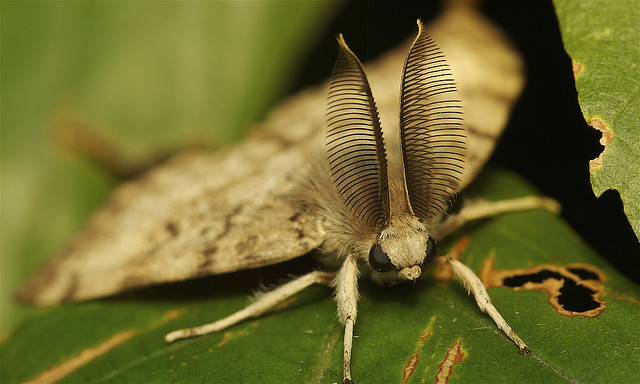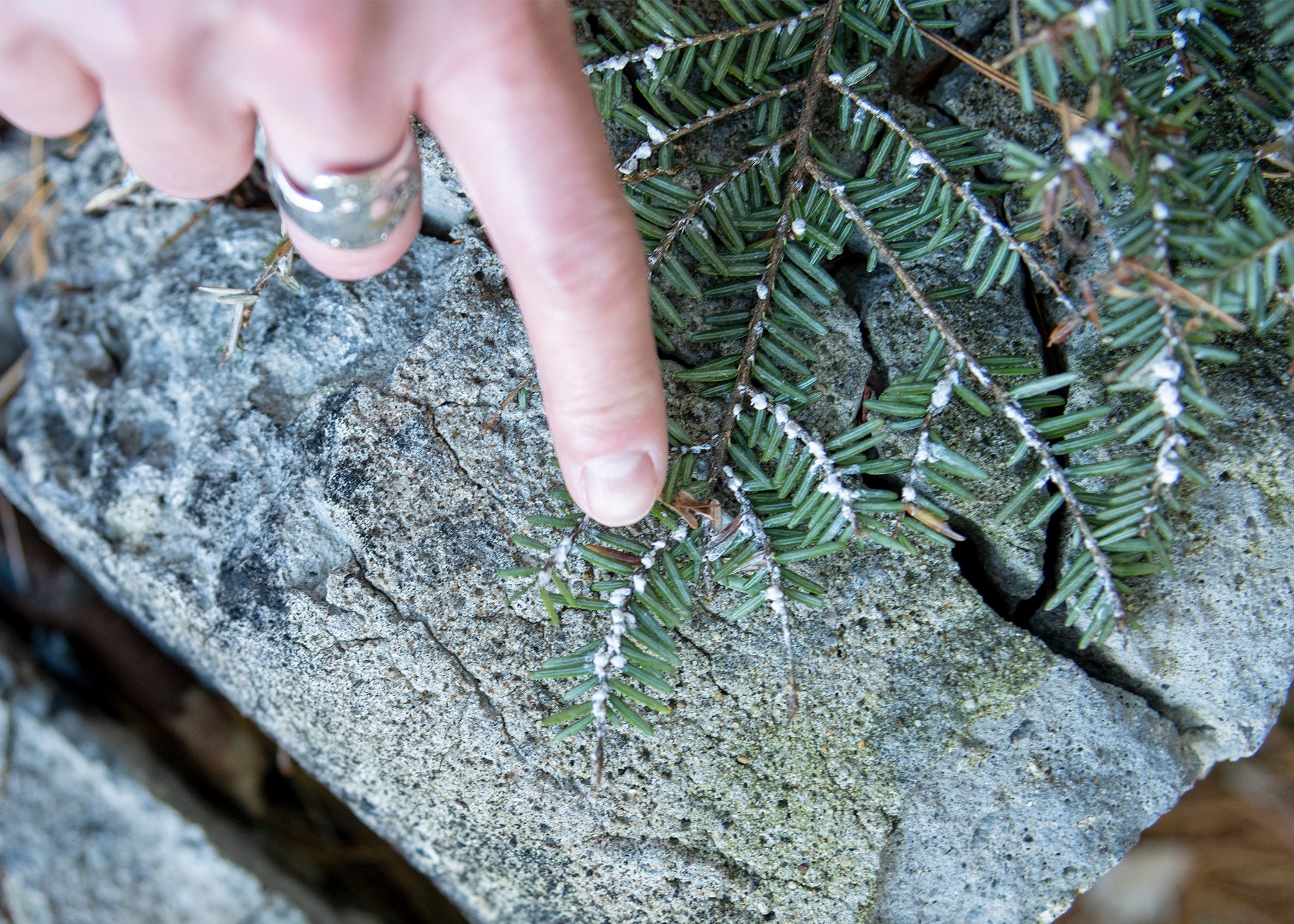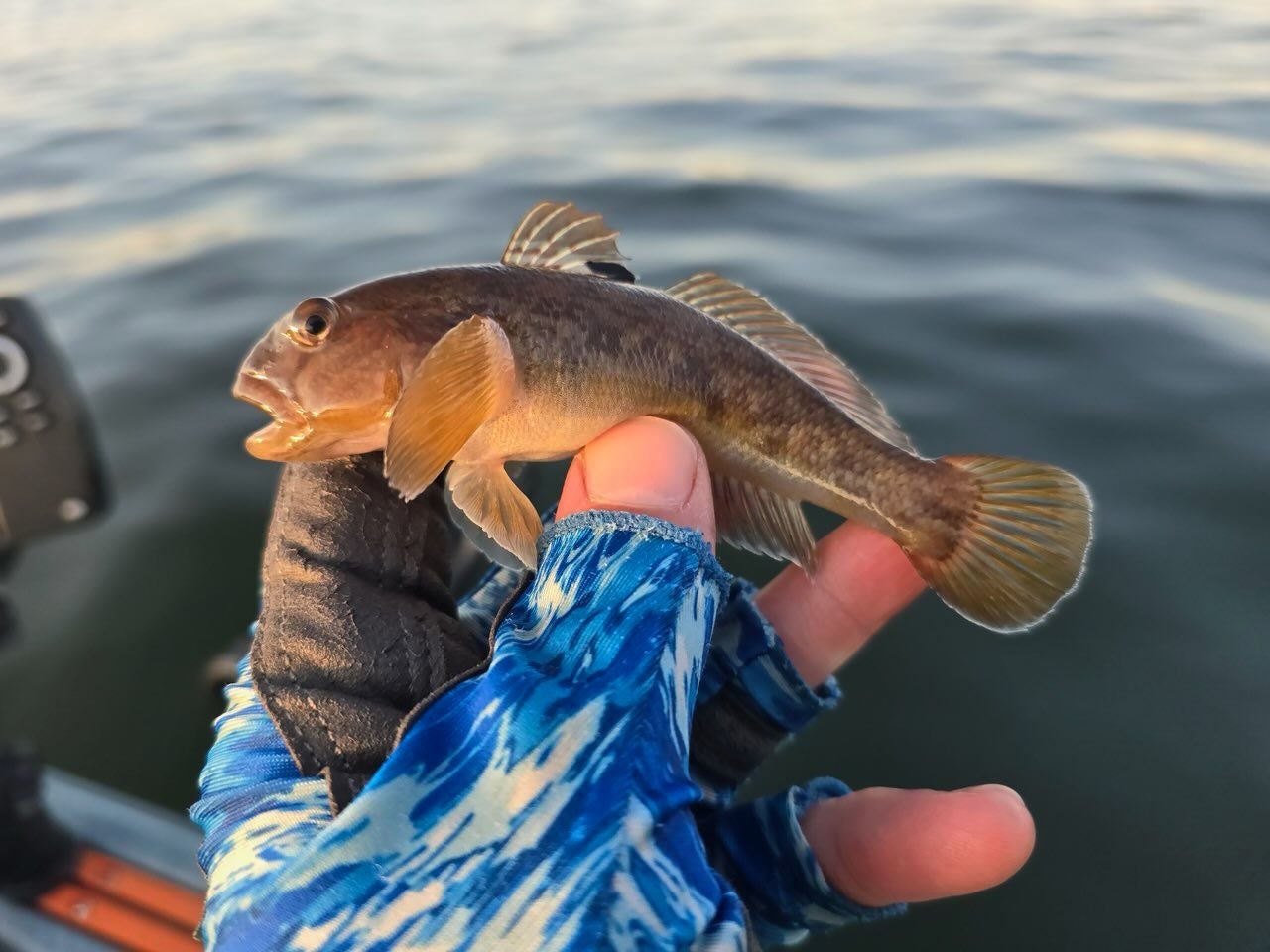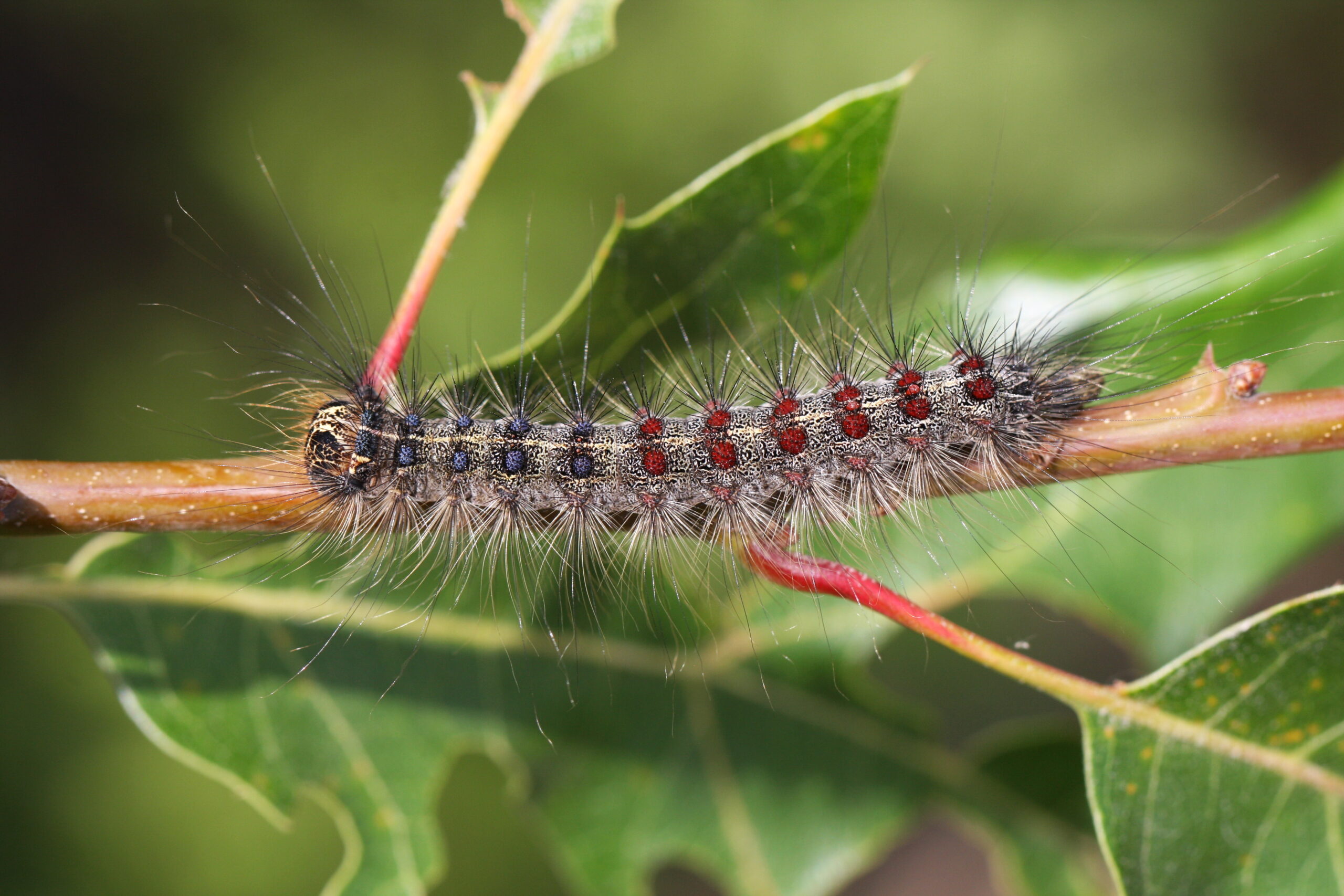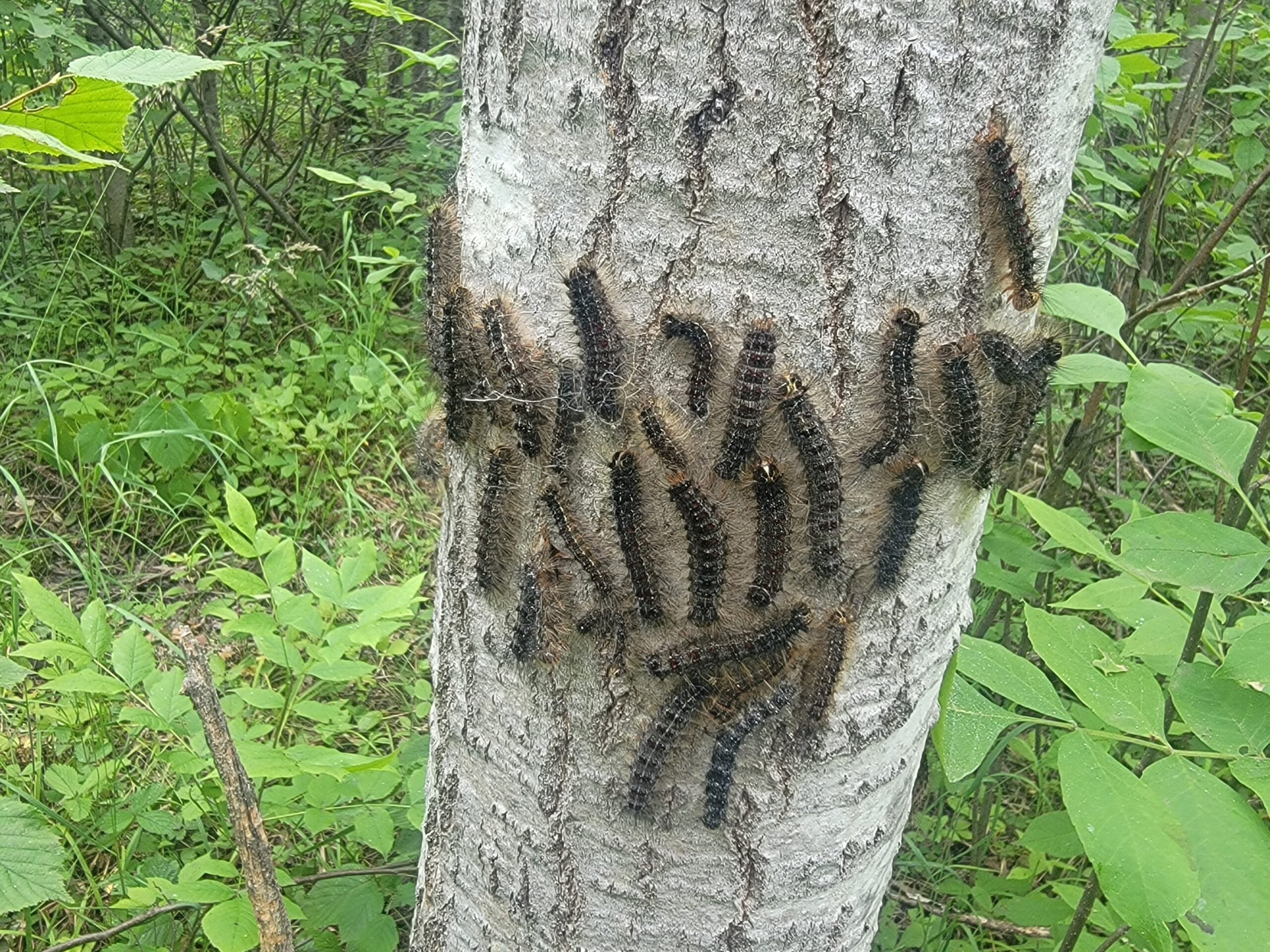An invasive moth that damages trees and shrubs may have lost its common name this year, but in Wisconsin it’s gained population.
According to the state Department of Agriculture, Trade and Consumer Protection, it caught nearly 99,647 Lymantria dispar in its trapping program this summer.
That’s up from about 83,720 trapped last year, and nearly double the figure found in 2019, when extreme cold caused a sharp decline in the moth population.
News with a little more humanity
WPR’s “Wisconsin Today” newsletter keeps you connected to the state you love without feeling overwhelmed. No paywall. No agenda. No corporate filter.
Michael Falk, DATCP trapping coordinator, said during wet spring and summer weather, diseases can kill off many of the moth’s caterpillars.
“When you get dry years, though, like we had in 2021, those diseases don’t spread as readily throughout the population,” he said. “As a result, you get more caterpillars surviving to adulthood. That’s the equation for a larger population.”
The moths can damage hundreds of species of trees and shrubs by eating away their leaves.
They’ve been established in the eastern two-thirds of Wisconsin for several decades; state and federal programs conduct trapping and spraying programs aimed at stopping their movement westward.
Falk said most of this year’s moths were found in the established areas, “so even though we’re seeing higher numbers, it doesn’t necessarily mean that we’re seeing substantial spread into uncharted areas for the moth.”
The state expects to announce the sites where it will conduct anti-moth treatments in spring 2022.
By that point, Lymantria dispar may have a new common name.
In June, the Entomological Society of America said it would drop the name “gypsy moth” because it includes a term that’s considered offensive toward Romani, or Roma, people.
While the state’s online information portal about the moth still uses the previous name, DATCP said it is “(transitioning) through the name change process.”
Wisconsin Public Radio, © Copyright 2025, Board of Regents of the University of Wisconsin System and Wisconsin Educational Communications Board.

